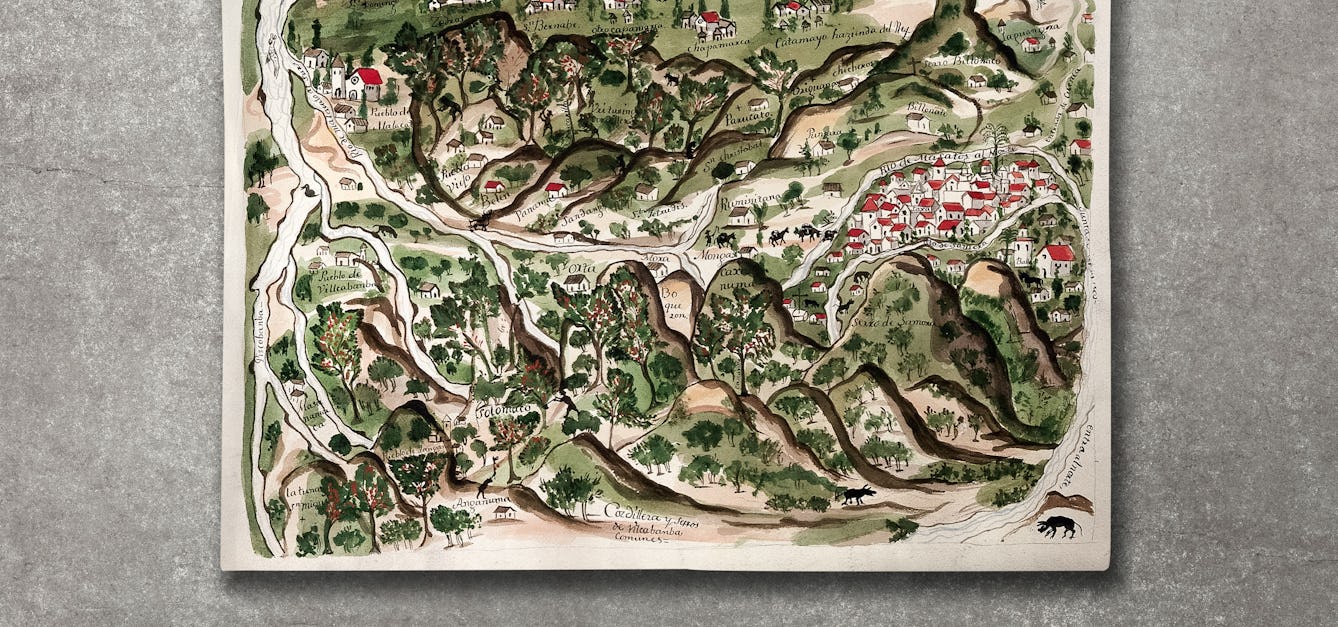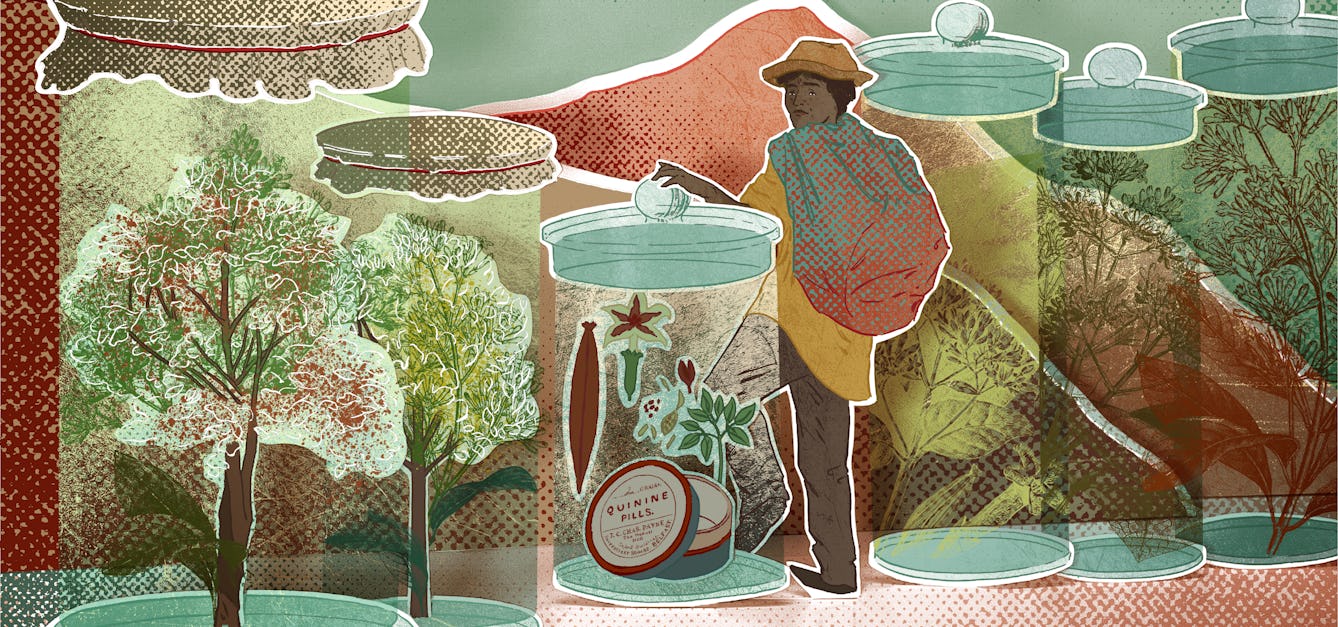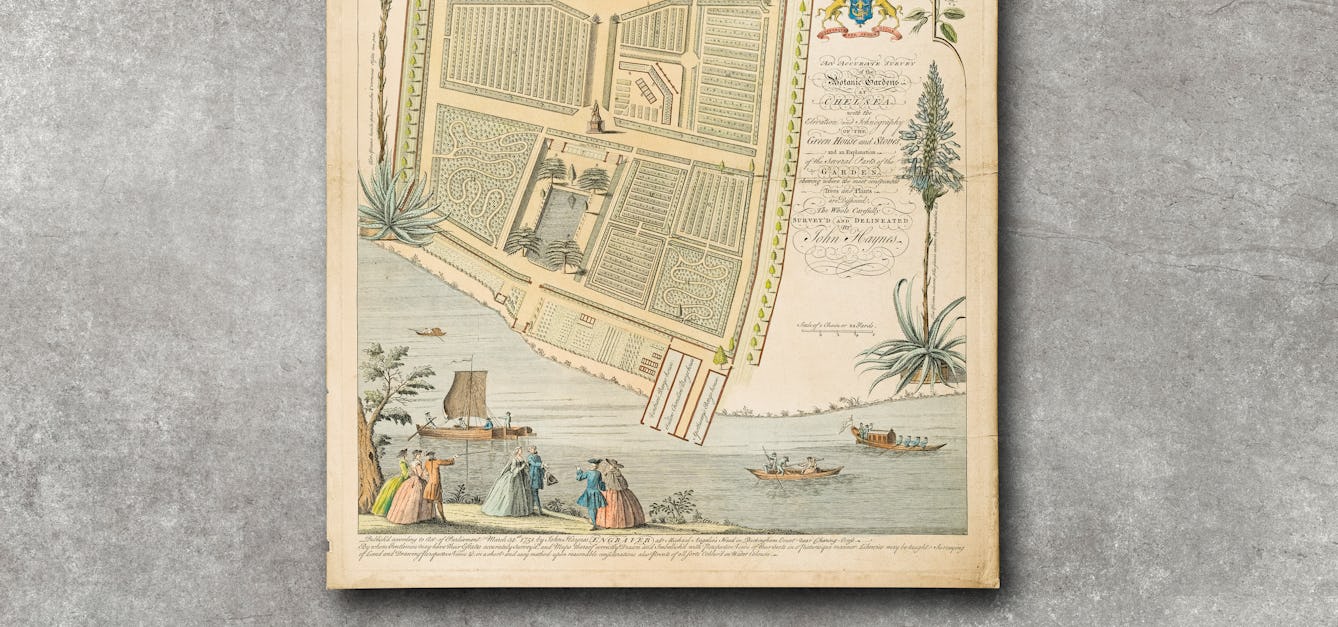Stories

- In pictures
The cinchona tree, malaria and colonisation
Ever since the discovery of cinchona bark as a treatment for malaria in 17th-century South America, the cinchona tree has accompanied European colonisation around the world. Kim Walker tracks the human and ecological impact of this global commodity.

- Article
Hunting lost plants in botanical collections
A bark specimen at Kew recalls the story of a South American man who harvested the most potent source of the only effective malaria treatment available in the late 1800s. Killed for his work and forgotten by history, Manuel Mamani was a victim of the colonial juggernaut.

- Article
The healing power of the physic garden
Having experienced the healing power of plants and gardens, Iona Glen goes in search of present-day “physic gardens” and their origins in history.

- Article
How Indigenous insight inspires sustainable science
The forest of the Amazon Basin is inextricably bound up with the lives of the Indigenous peoples living there. Find out how they feel about the forest, use what it provides, and try to protect it from aggressive commercial exploitation.
Catalogue
- Pictures
A mountain ridge covered with cinchona (quinine) plants (Cinchona ledgeriana), India (?). Photograph, 1910/1920 (?).
Date: 1910-1920Reference: 564513i- Books
Cinchona in Java : the story of quinine / by Norman Tayler ; with an introduction by Pieter Honig.
Taylor, Norman, 1883-1967.Date: [1945]- Pictures
Cinchona bark (used to produce quinine) being collected by children with baskets, India (?). Photograph, 1910/1920 (?).
Date: 1910-1920Reference: 564514i
- Archives and manuscripts
- Online
M0001587: Photograph of a mounted plant specimen of Cinchona officinalis augustifolia: contains 12% quinine, from the herbarium of William Graham McIvor (1824-1876), dated 1877
Date: 07 January 1931Reference: WT/D/1/20/1/14/86Part of: Wellcome Trust Corporate Archive- Pictures
Cinchona plant (Cinchona lancifolia): flowering and fruiting stem. Lithograph, c. 1883.
Date: [1883]Reference: 24338i









